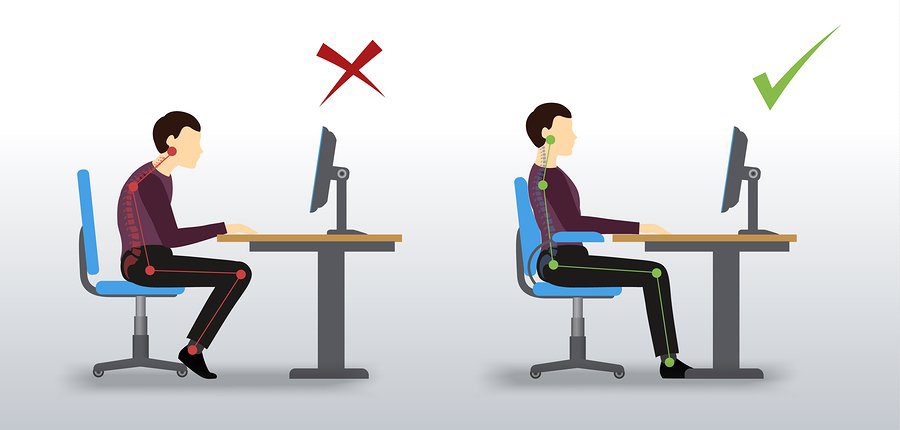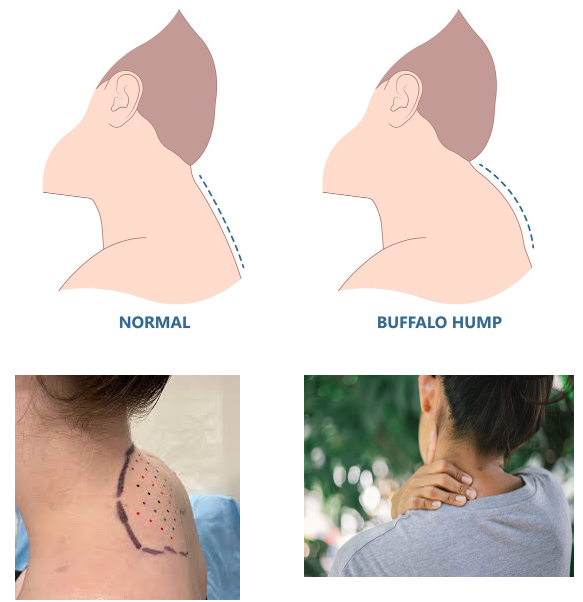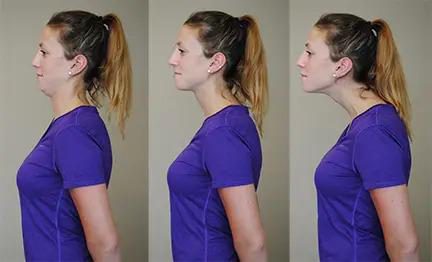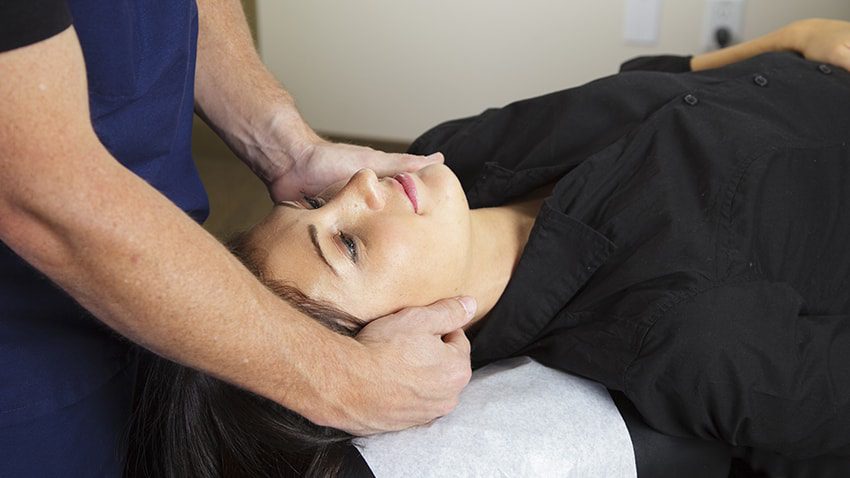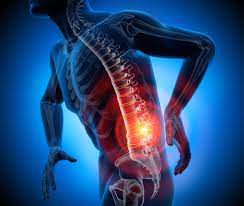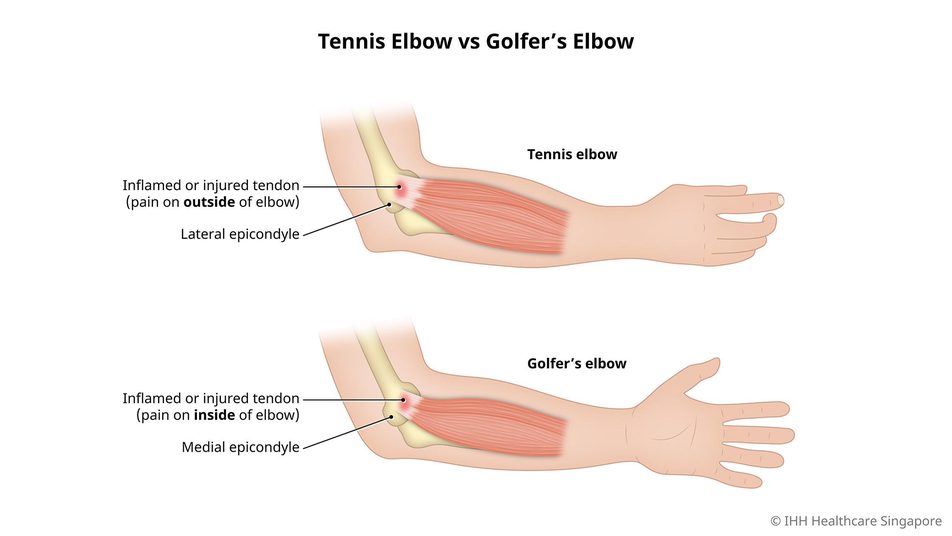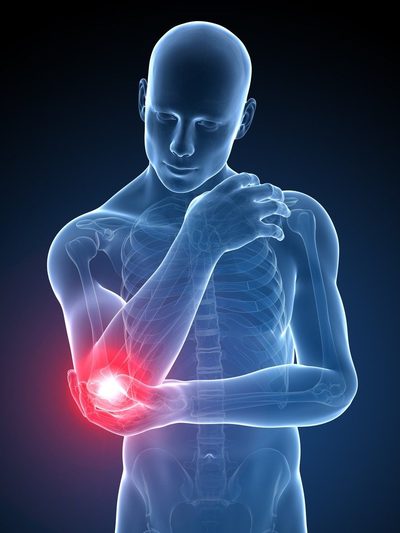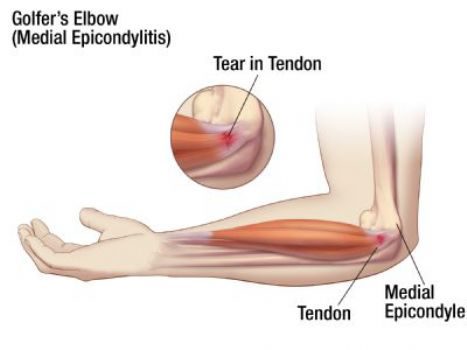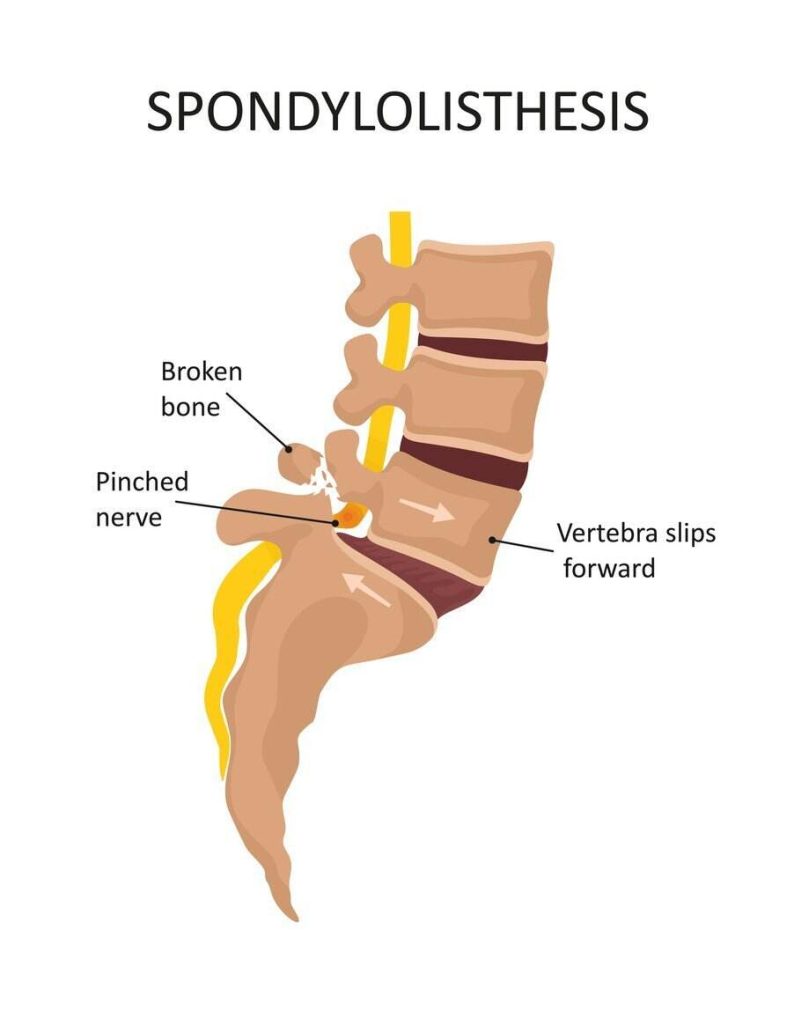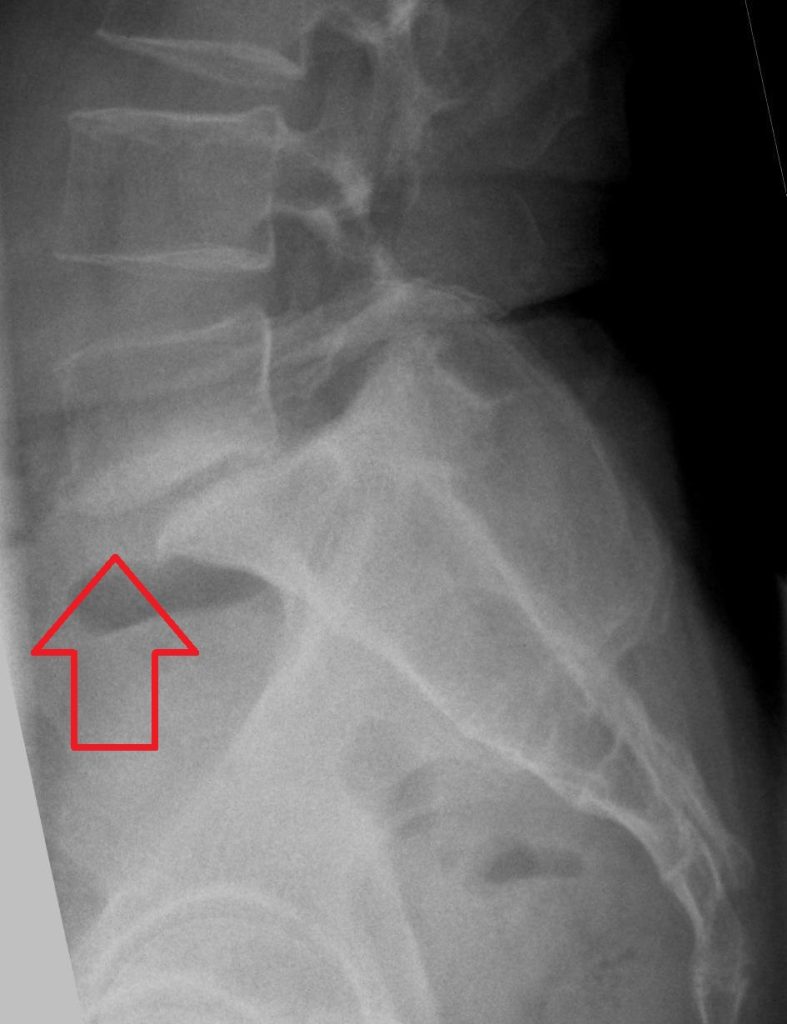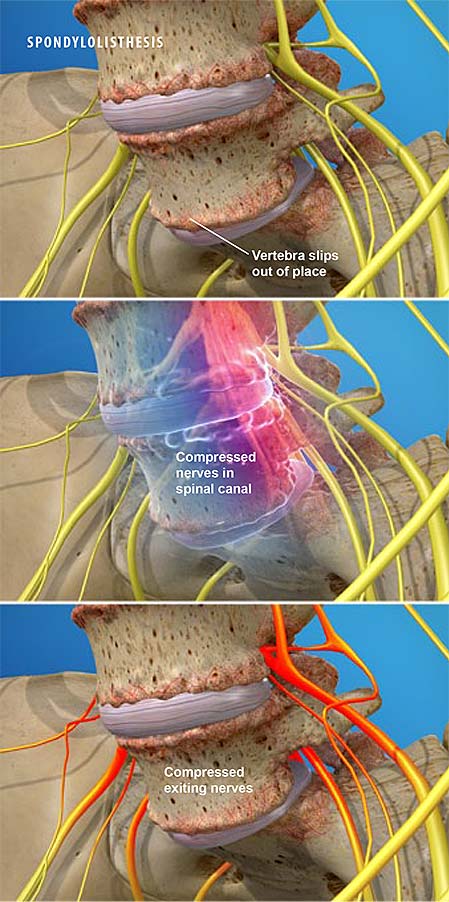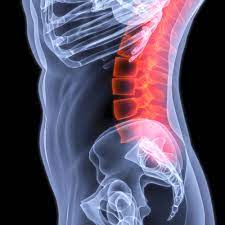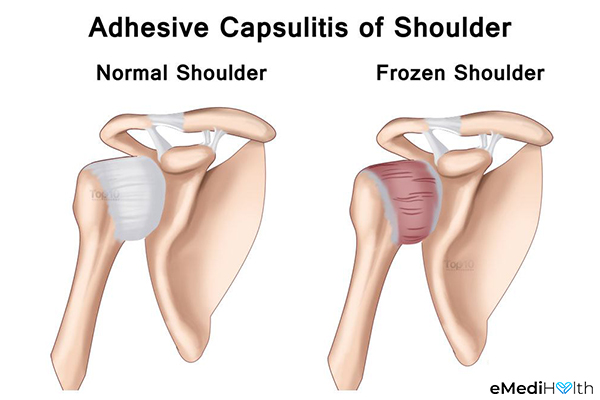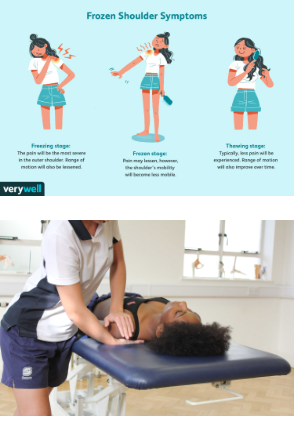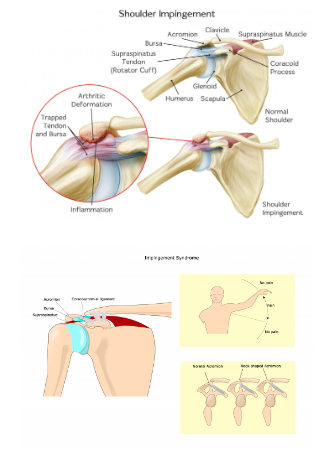Discover the Key to Lasting Pain Relief and Improved Health 🧐
We are excited 🎉to share some important insights into the catabolic and anabolic states of the body and how understanding these can enhance your health and well-being. 💆♀️🌿

Why Understanding Your Body’s States Matters😲
At our clinic, we have encountered many patients 🤒who don’t experience the improvement they hope for. We understand how frustrating pain can be, and it can even lead to mental stress. To address this, we’ve explored various treatment modalities, from ultrasound to shockwave therapy, and have also focused solely on treating the nervous system and spinal misalignments.
While 80% of our patients achieve their desired results, the remaining 20% have kept us searching for more comprehensive solutions. Our dedication to holistic health and pain management has led us to a significant breakthrough.💥💪🏼

Our Holistic Approach to Pain Management
After extensive research and study, we have adopted a method that considers your body’s internal states. By performing detailed tests at our center, we can now determine whether a patient is in a catabolic or anabolic state. This insight is crucial for treating the whole person, not just the symptoms.
The pioneering work of Dr. Emmanuel Revici in the early 20th century revealed these body patterns, and many healthcare practitioners have since achieved remarkable results using his methods. Recently, Dr. Lynne August, a former student of Dr. Revici, shared her profound knowledge on this topic. Our chiropractors have spent countless hours mastering this information, leading to impressive outcomes for our patients. 📚🔍💡
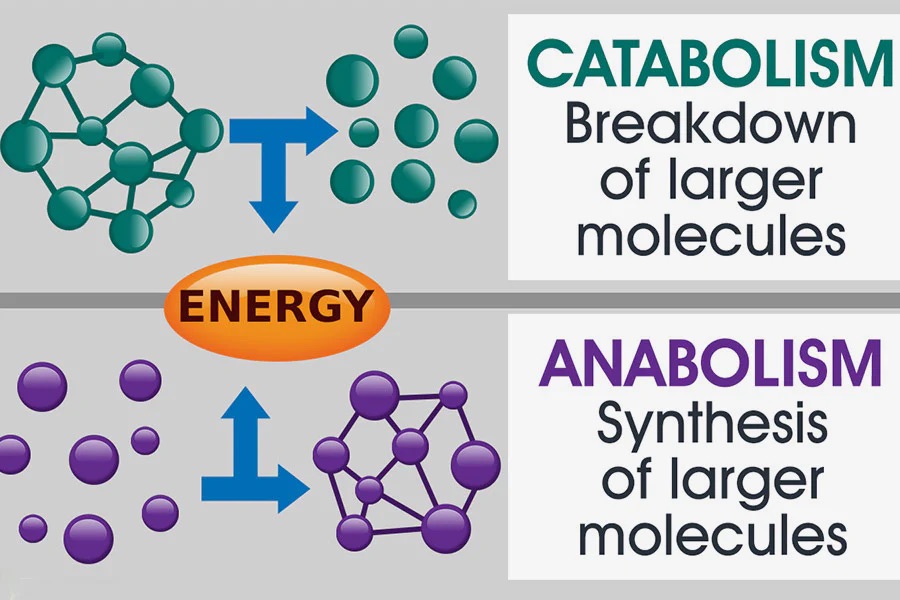
Find Relief with Us 🤔👩🏻⚕️
If you are struggling with pain, allergies, digestive issues, mental stress, or other unresolved health problems, we are here to help. Our advanced understanding of the catabolic and anabolic states allows us to provide personalized and effective treatment plans.👩🏼💻👨🔬

